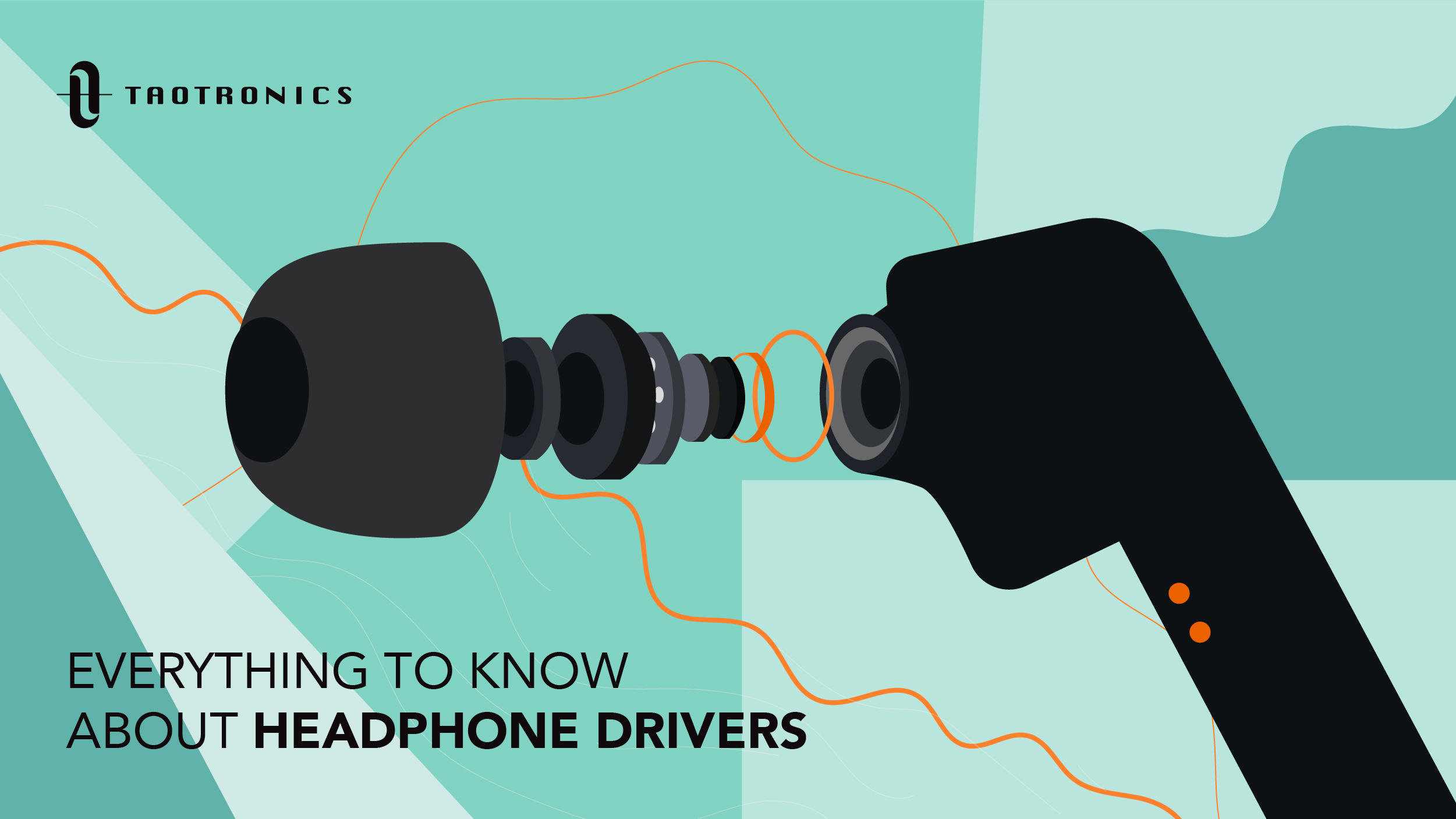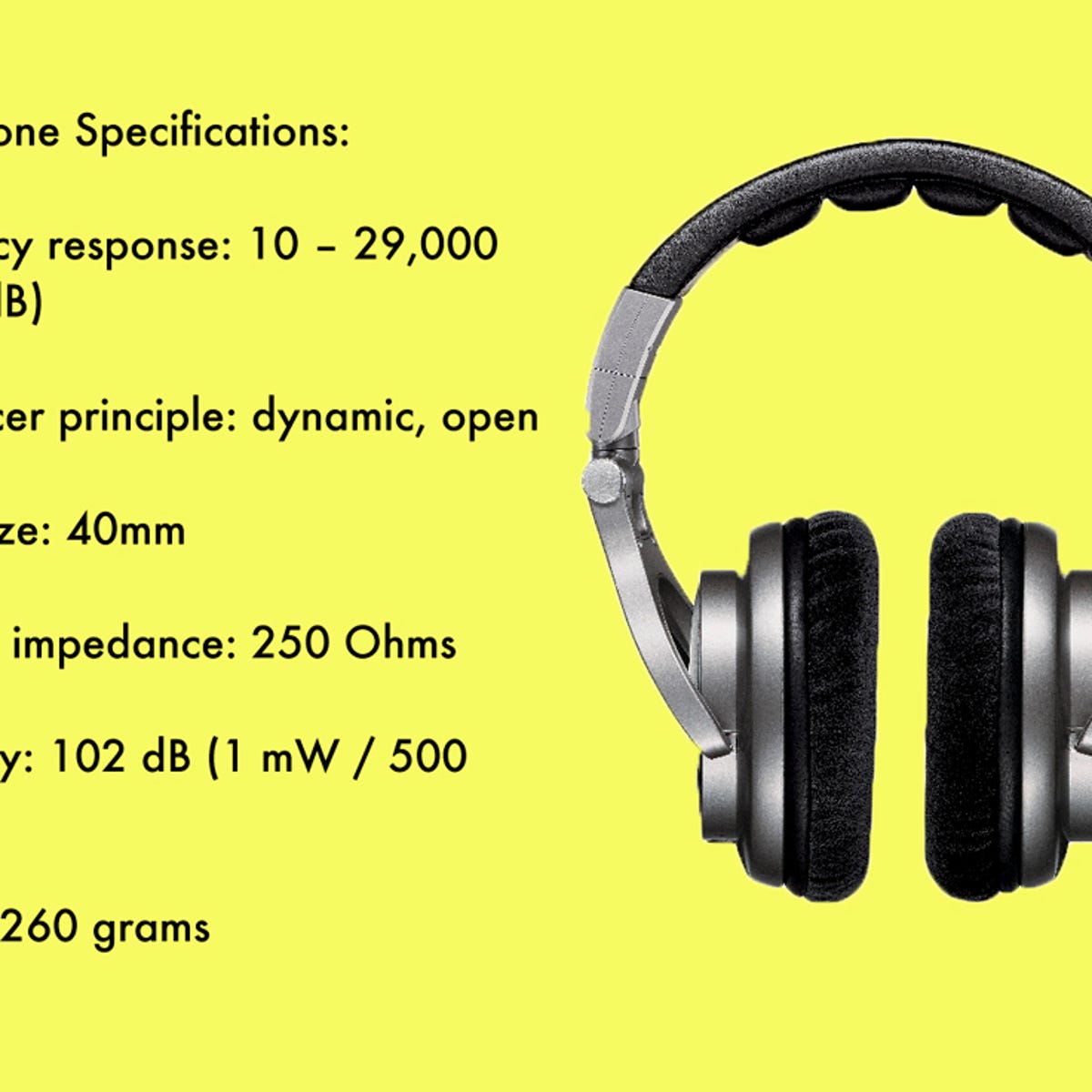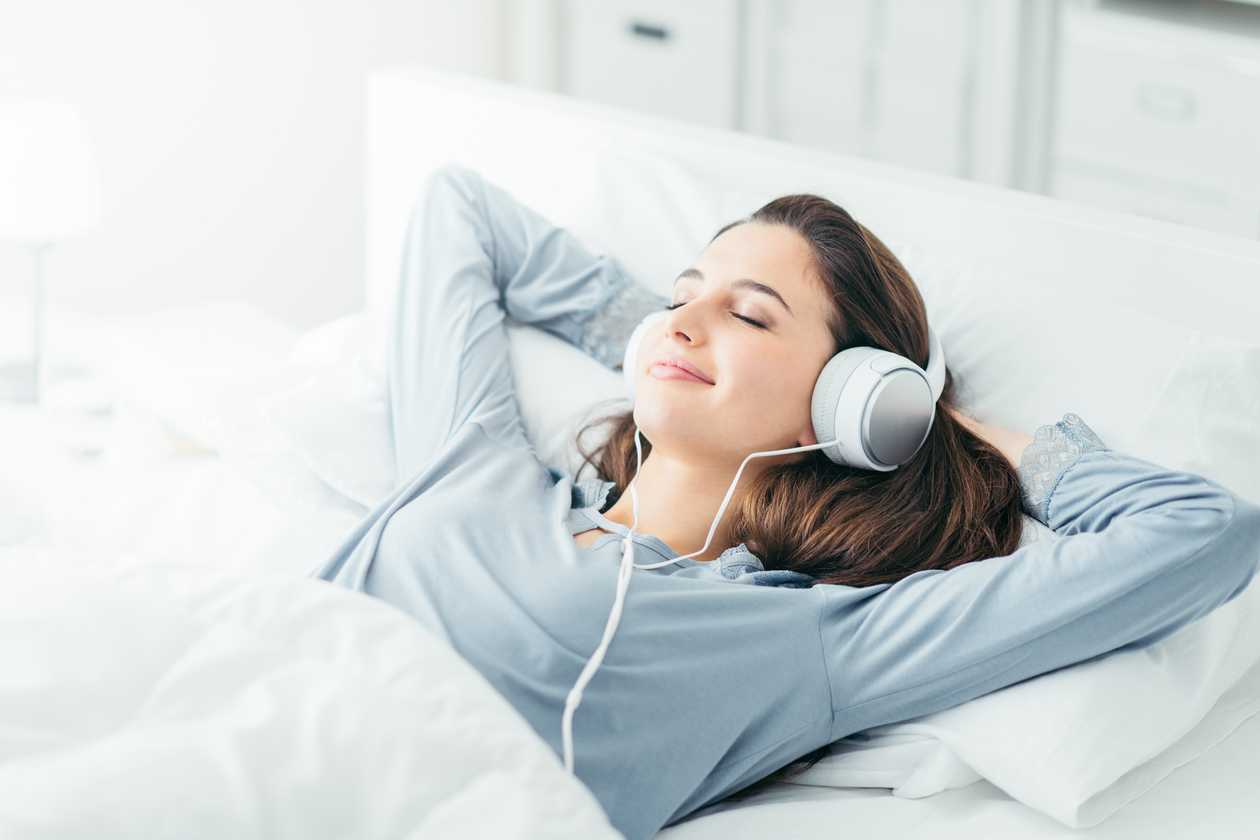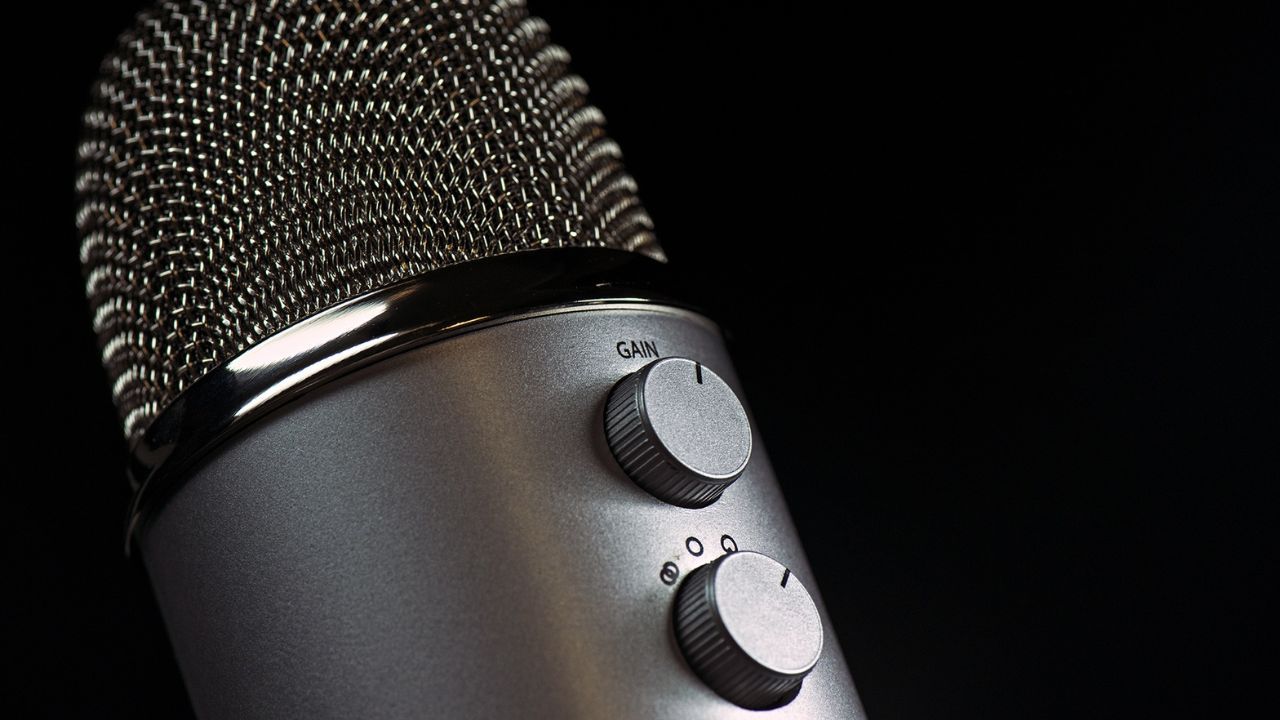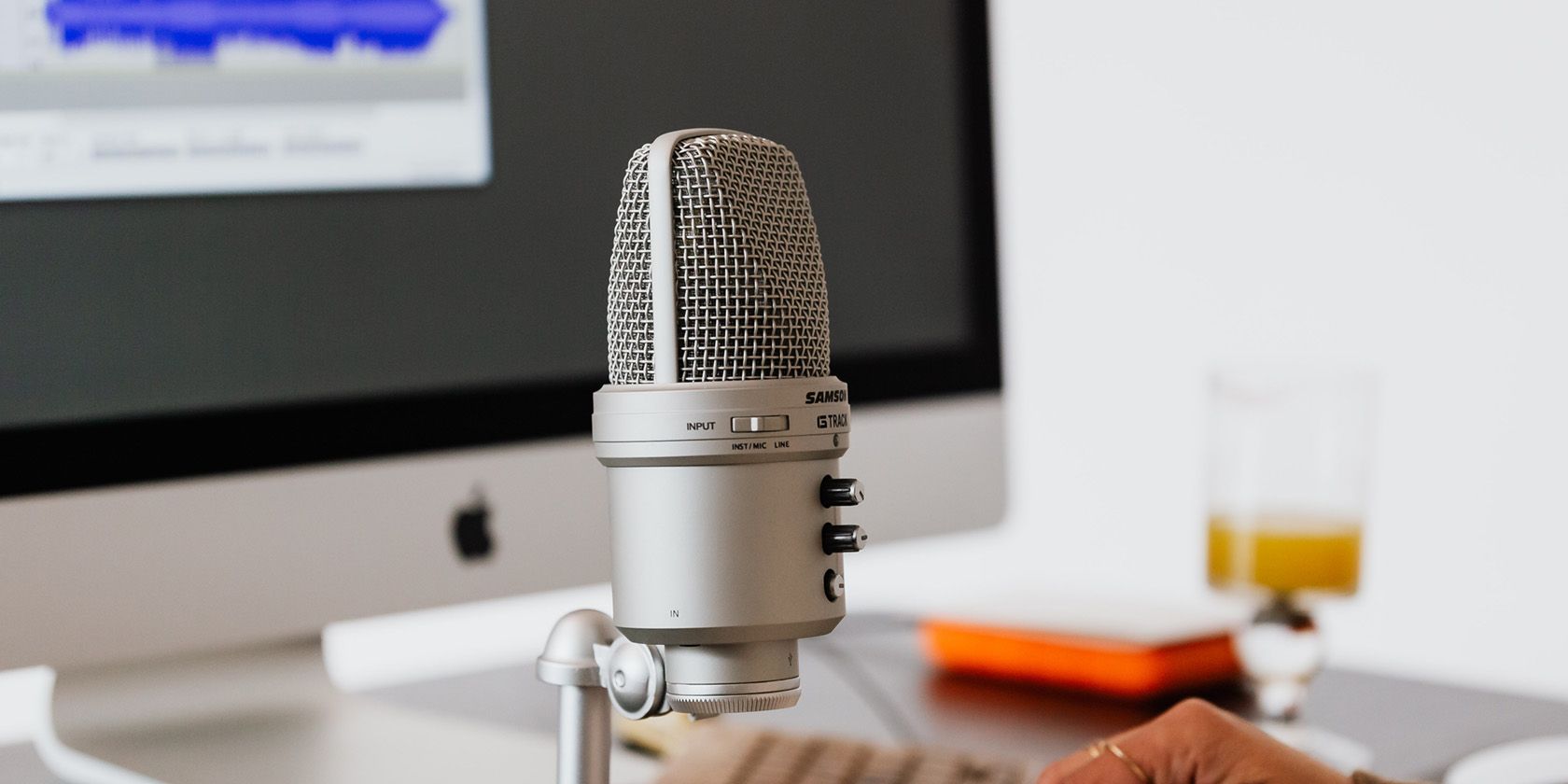Unraveling the Basics of Soundstage in Headphones: An Informative Guide
Introduction
Are you a music enthusiast, audiophile, or casual listener who values quality sound? Then, you'd find the concept of 'soundstage' in headphones intriguing. But what is soundstage in headphones? Technically, it's about how well headphones can reproduce spatial cues in a recording. Furthermore, it touches on how you perceive width, depth, and height as if standing in the recording room. This informative guide will help you unravel the basics of soundstage in headphones, enhancing your listening experience.
What Exactly is a Soundstage in Headphones?
Let's simplify the definition of 'soundstage' in headphones:
- At its core, the soundstage is the capability of headphones to simulate a three-dimensional sound.
- It can be viewed as an acoustical property that influences your apprehension of the stereo environment surrounding the music that you listen to.
- Imagine wearing headphones and listening to a live concert recording. If your headphones have a good soundstage, you would feel as if you are right there in the audience, witnessing the performers live.
- You can pinpoint the positions of various instruments and artists on the stage - this is what soundstage essentially does.
- It's a step beyond traditional left and right stereo channels, delving into the complexity of sound, offering an unmatched audio depth, and a spatial aspect that elevates your music listening experience.
So, if you're someone who thrives on the nuances of sound and music, understanding the basics of soundstage in headphones could add a whole new dimension to your auditory experiences.
How Does Soundstage Work in Headphones?
The working of soundstage in headphones revolves extensively around some critical factors:
• Spatial Cues: One of the elemental aspects of soundstage lies in the means it reproduces spatial cues found within a specific audio recording. These cues help establish critical facts related to sound sources' position and distance. Interestingly, some headphones exceptionally present these hints, incredibly creating an expansive soundstage.
• Sound Features: It's notable that the soundstage may fluctuate not just by the headphone type, but it's significantly reliant on the audio's property. A well-mixed track could naturally display an improved soundstage.
• Headphone Design: Integral elements like driver design, the shape of the ear cup, and headphone type, i.e., open-back or closed-back, grandly determine the soundstage's effectiveness. For instance, open-back headphones with their air pass-through feature generally manifest a broader, more authentic soundstage than their closed-back counterparts.
In conclusion, the workings of soundstage in headphones involve several intricate aspects. To fully appreciate the depth and spatial positioning of the audio, it's crucial to understand these elements.
What Role Does Soundstage Play in Enhancing the Quality of Headphones?
The soundstage in headphones is not a mere gimmick - it plays a substantial part in the enhancement of the ultimate audio quality. Its role extends across various areas, adding depth to the listening experience and delivering a more immersive sound setting.
Following are some of the ways the soundstage elevates the listening experience:
1. Realistic & Immersive Audio Experience: The astonishing illusion of a live concert or a personal performance by your favorite musician - that's what a good soundstage offers. It doesn’t just play the music, but transports you into the heart of the concert hall or recording room, putting music into context, and making it more engaging and lifelike.
2. Depth to Stereo Image: The soundstage adds a distinct element of depth to the stereo image. It's not just about left and right anymore; you get a sense of directionality. You can grasp more than just the pitch or intensity of sounds - their location and distance are perceptible too, in relation to each other.
3. Clarity in Audio Presentation: Soundstage significantly reduces the chances of sounds getting muddled together, which often happens while dealing with complex compositions. By offering better separation between different sonic elements, soundstage allows each note to stand out distinctly, contributing clarity and precise audio presentation.
4. Ideal for Multi-instrumental Music: The soundstage works best for genres that involve multiple instruments or vocal channels. Its ability to delineate the elements adds layers to the composition, providing an enriching listening experience.
In essence, the role of soundstage in enhancing headphone quality is multifaceted. A well-established soundstage can transform your listening experience, making it a crucial aspect in the choice of headphones for anyone who values a quality sound experience.
How Does Soundstage Differ Among Various Types of Headphones?
Understanding the nuances of soundstage can be distinctly informed by the types of headphones used. Each headphone style presents its unique delivery of soundstage, reflecting in varied sound experiences. This difference results from design characteristics, such as open or closed back and the positioning of drivers. Here's a look at how various types of headphones affect the soundstage:
1. Open-Back Headphones:
- Soundstage: Known to deliver the best soundstage due to design that permits sound and air to freely circulate through the ear cups. This creates a broader, more naturalistic soundstage.
- Pros: Vivid and roomy soundstage mirroring a live performance; not sound-isolating, making one aware of their surroundings.
- Cons: Lack of sound isolation can make it unsuitable for noisy environments or where sound leakage may be a nuisance.
2. Closed-Back Headphones:
- Soundstage: Featuring sealed ear cups, these headphones give a more confined and direct soundstage. This design limits the expansion of sound waves, presenting a more restricted soundstage.
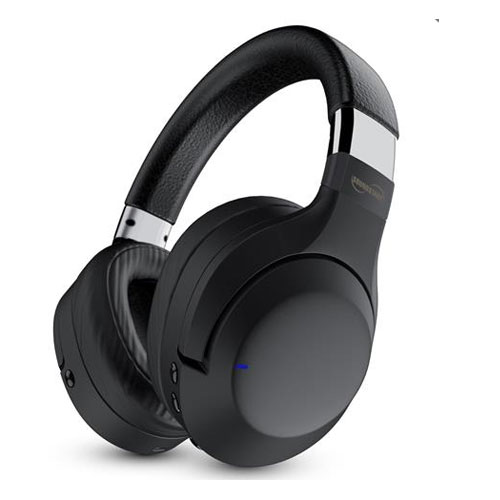
- Pros: Good option for noise isolation that enhances concentration and privacy; better bass response.
- Cons: Restricted soundstage can result in a 'closed-in' audio experience with less audio depth.
3. Supra-aural (On-Ear) Headphones:
- Soundstage: Typically providing narrower soundstage due to the proximity between the drivers and ears.
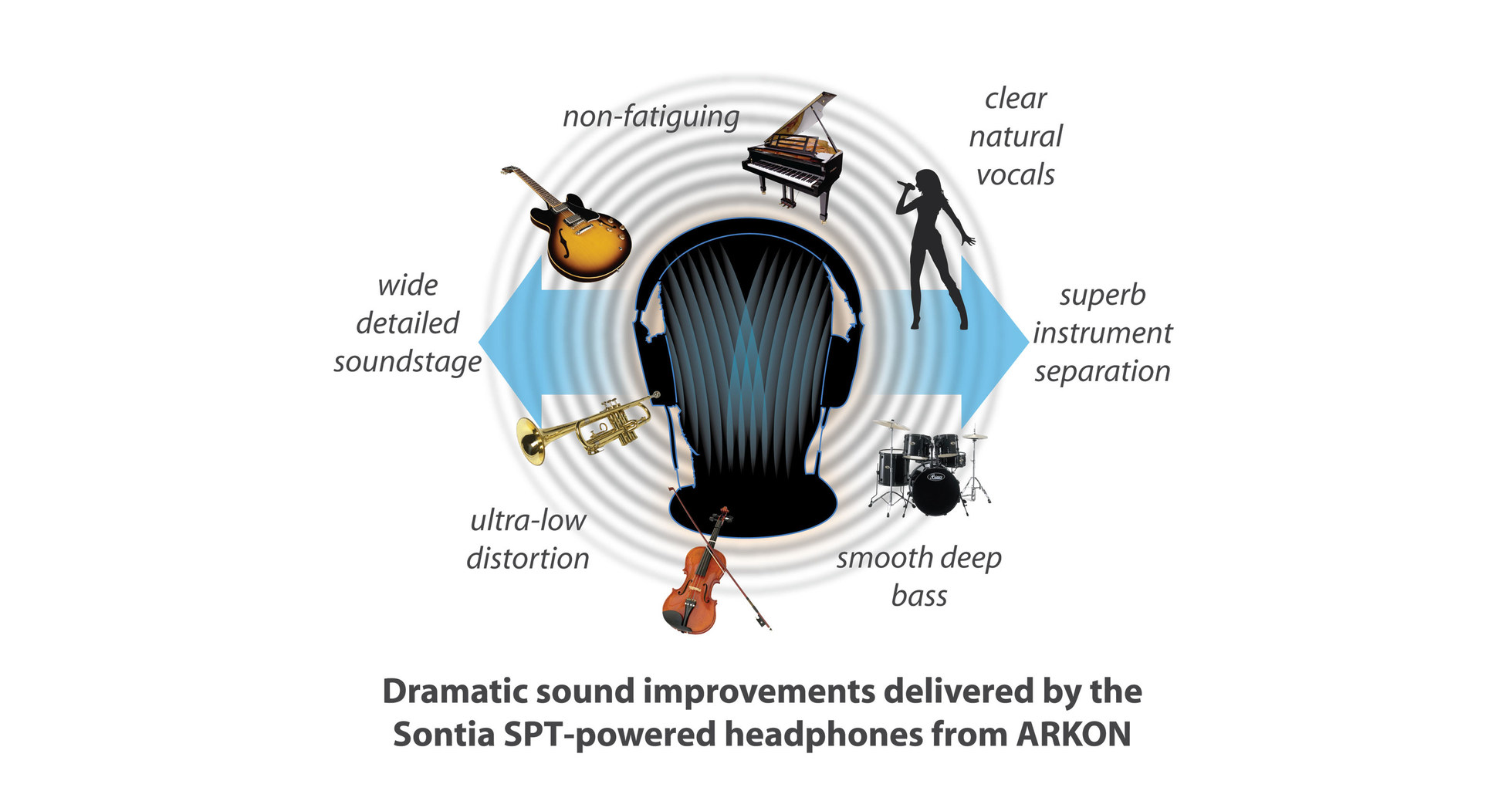
- Pros: Portable, lightweight design; ideal for typical casual listening.
- Cons: Limited spatial cue rendering due to driver proximity and smaller ear cups; can cause discomfort after prolonged use.
4. Circumaural (Over-Ear) Headphones:
- Soundstage: Characterized by larger drivers positioned farther from the ears, these headphones create a broader soundstage, making for a more immersive sound experience.
- Pros: Comfortable over extended periods, exceptional audio clarity and detail.
- Cons: Relatively larger size and weight could impact portability.
5. In-Ear Headphones:
- Soundstage: These compact headphones deliver the smallest soundstage due to the close proximity of the sound source to the ear canal.
- Pros: Portability and convenience, plus they provide effective isolation from external noises.
- Cons: Sound characteristics, including soundstage, can be limited by the proximity of the sound source to the ear canal.
In conclusion, understanding these variations in headphone design and the impact on soundstage can guide you towards the best choice according to your preferences and intended use. It's about balancing the ultimate soundstage experience with other factors like comfort, convenience, and environment.
Why is Understanding Soundstage Crucial for the Optimal Listening Experience?
Comprehending soundstage becomes vital when seeking to elevate your audio experience. The section below highlights the key reasons for understanding the concept:
- Perception of Realism: A defined soundstage brings to life the feel of realism in sound, which drastically enhances the listening experience. It generates a sensation of depth in the music, allowing you to sense the dimensions of the performance space.
- Sound Localization: Equipped with a fine-tuned soundstage, you can accurately pinpoint the spatial location of various sound elements in an arrangement. It also enables you to decipher the different layers and nuances in the music track.
- Enhanced Musical Engagement: With a soundstage in place, the hearing experience transcends from merely enjoying music to almost attending a live performance. The music becomes a real, tangible space where individual elements occupy specific positions.
- Emotional Connection: The immersive experience that soundstage offers can intensify your emotional engagement with the music. You are not just physically hearing the music, but you are also emotionally experiencing it.
- Element of Audio Quality: Discerning audiophiles often mark an excellent soundstage as an essential characteristic of high-quality headphones. Therefore, to maximize sound quality and thoroughly evaluate the worth of headphones, it becomes significant to understand soundstage.
Overall, having a deep understanding of soundstage is instrumental in providing listeners with an optimal, immersive audio experience.
Conclusion
To conclude, the soundstage in headphones refers to the perception of spatial cues in audio, creating a vivid, three-dimensional sound. Its significance lies in its ability to form a immersive and realistic listening experience. While the extent of its efficacy depends on numerous factors, a good understanding of soundstage can truly transform your audio experience, bringing you closer to the heart of music.
Related FAQs about what is soundstage in headphones
What's the difference between soundstage in open-back and closed-back headphones?
The primary difference lies in their design impacting the soundstage. Open-back headphones, due to their design that allows air and sound to pass through the ear cups, create a wider and more natural soundstage. In contrast, closed-back headphones, with their sealed ear cups design, deliver a more confined and direct soundstage.
How can one improve the soundstage of headphones?
Improving soundstage may involve choosing high-quality, well-produced audio tracks that naturally display an enhanced soundstage. Furthermore, opt for headphones with larger drivers and open-back designs as they typically provide a broader soundstage. Experimenting with different ear tips for earbuds or positioning of over-ear headphones also helps.
Does better soundstage mean higher headphone quality?
Absolutely. Soundstage is a key factor in determining headphone quality. It enhances the listening experience by adding depth, directionality, and separation between distinct sonic elements. However, it is not the sole determinant. Factors like frequency response, distortion levels, and comfort are also crucial in assessing headphone quality.

